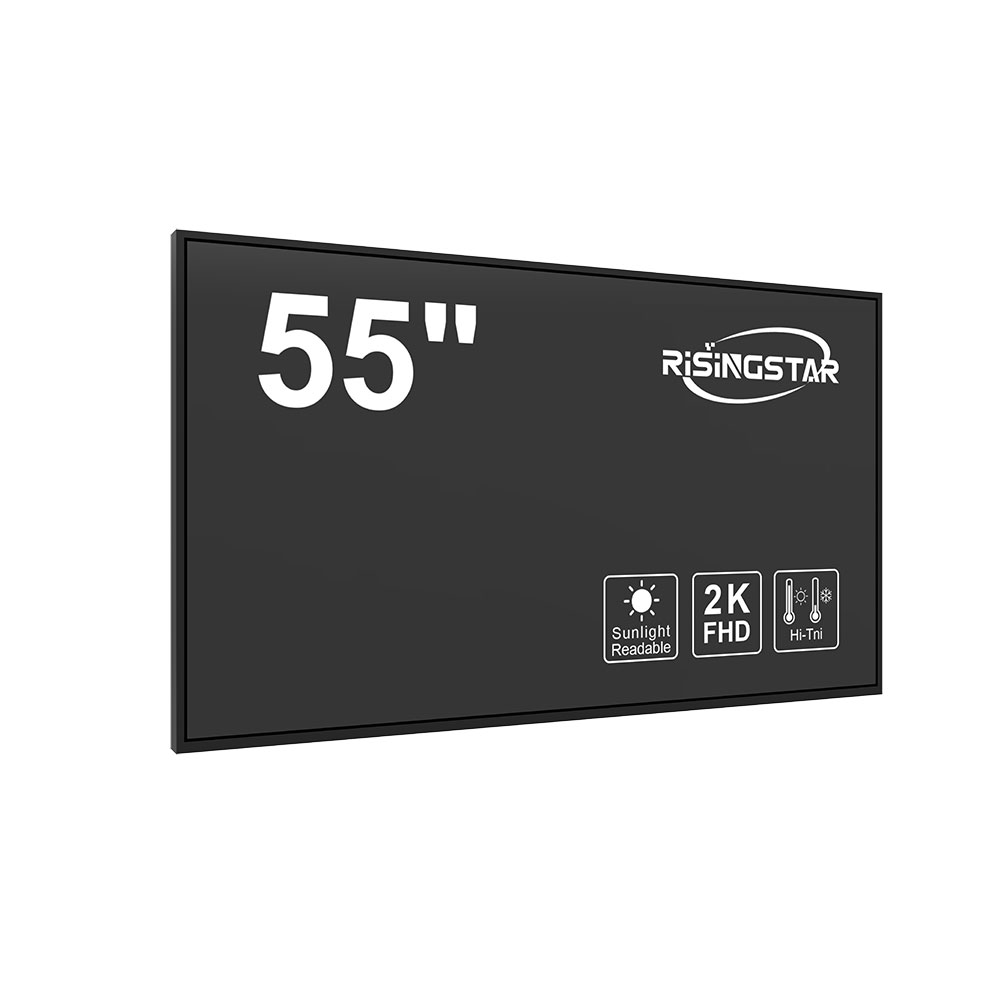- الصفحة الرئيسية
- من نحن
- منتجات
- أخبار
- فيديو
- الاتصال
- ارسل استفسار
البحث
- الصفحة الرئيسية
- من نحن
- منتجات
- أخبار
- فيديو
- الاتصال
- ارسل استفسار

In modern transportation infrastructure, passenger information displays (PIDs) play a critical role in enhancing user experience, safety, and operational efficiency. These systems are used in airports, train stations, bus terminals, and public transit hubs to provide real-time updates on schedules, delays, gate changes, weather alerts, and emergency notifications. The choice of an outdoor LCD display for such applications is not merely about brightness—it involves a comprehensive evaluation of environmental resilience, display technology, maintenance requirements, and integration capabilities.
Industry standards such as IEC 60068-2 (Environmental Testing) and MIL-STD-810G (Military-Grade Durability) define the minimum performance thresholds for outdoor electronics. For instance, high-brightness outdoor LCDs must deliver at least 5,000 nits of luminance to remain legible under direct sunlight—a requirement supported by studies from the Society for Information Display (SID). Displays with anti-glare coatings, wide viewing angles (≥170°), and IP65 or higher ingress protection are essential for dust and water resistance in unpredictable climates.

Case studies from major transit authorities, including London Underground and Singapore’s Land Transport Authority, demonstrate that LED-backlit LCD panels outperform traditional CCFL models in both energy efficiency and lifespan. A 2023 report by Grand View Research highlights that LED-backlit displays reduce power consumption by up to 40% while offering superior color consistency over time. Additionally, smart PID systems now integrate with IoT platforms via APIs, enabling dynamic content management through cloud-based dashboards—an approach adopted by cities like Barcelona and Seoul to improve service responsiveness.
From an engineering perspective, thermal management is crucial. Outdoor displays often operate in ambient temperatures ranging from -30°C to +60°C. Effective heat dissipation solutions, such as passive cooling with aluminum heatsinks or active fans controlled by temperature sensors, prevent screen burn-in and ensure long-term reliability. Furthermore, ruggedized enclosures with UV-resistant materials and anti-condensation features are standard in regions with high humidity, such as Southeast Asia and coastal areas.
For operators, lifecycle cost analysis is key. While premium outdoor LCDs may carry a higher upfront cost, their durability—often rated for 60,000+ hours of continuous operation—reduces total cost of ownership. According to a 2022 study published in IEEE Transactions on Industrial Electronics, properly maintained outdoor PIDs have a 94% uptime rate over five years, significantly outperforming non-ruggedized alternatives.
Ultimately, selecting the right outdoor LCD for passenger information requires balancing technical specs with real-world deployment needs. Whether it's a high-traffic airport in Dubai or a regional rail station in Norway, the system must be reliable, visible, and easy to maintain—ensuring that travelers stay informed regardless of environmental conditions.